The government wants us back in the office — catching trains, buying sandwiches and actually seeing colleagues and clients rather than video facsimiles. But if we’re going to meet in person, we need agreement on a professional nicety more substantive than the feeble wave that has passed for a Zoom greeting.
Unless you’re fearless or forgetful, the handshake has been mothballed since March. What Masons now do is anyone’s guess (and their closely guarded secret). It’s probably been disarming for Donald Trump, who had weaponised press-fleshing even with allies — witness that 30-second shake-off with Emmanuel Macron and extended grip-and-grins with Justin Trudeau. In business too, mano-a-mano extremists are often American. They read a lot into an unflinching encounter, elbow shoulder-high before dive-bombing their hand into yours.
Handshake provenance is variously ascribed to the ancient Greeks, Romans and medieval knights. The aim was to detect a sneaky knife up the sleeve. A useful modern–day interpretation might be a smartphone shakedown to ensure a productive, uninterrupted meeting.
Political leaders have been demonstrating alternatives we rank and file could adopt — even appropriating other cultures without causing offence. Boris Johnson neatly executes the Hindu non-contact greeting namaste (so too does Trump; just don’t ask him to pronounce it). But while it seems OK to channel Hinduism in pursuit of international detente, it might look odd in the office.
Buddhism’s equivalent is the wai. The higher the fingertips, the more reverential the greeting; you might touch your eyebrows in acknowledging a spiritual role model. Hollywood types often use this gesture.
The bow, meanwhile, has occidental and oriental history. In its most truncated form — basically a nod — it’s simple enough (where I live we add ‘awright, mate?’) but it otherwise carries a margin of error. In 2009, President Obama was criticised for his ‘undignified’ 45-degree angle bow when he met Japan’s Emperor Akihito. What’s needed is a global standard, perhaps a maximum 15-degree torso tilt.
From the USA, the high-five — its roots disputed by basketball and baseball historians — is swift and limits bacterial exchange. That said, I have never high-fived anyone and don’t plan to start doing so in my sixties. The minimal contact of the fist bump we owe to 1950s baseball player Stan Musial, who adopted it after catching many colds shaking fans’ hands. Clearly, the man was a visionary, but the fist bump looks daft except between ‘young people’.
Then there’s the elbow bump (-another go-to for the PM) which, in itself, is a hygienically brief encounter but dangles the temptation to add a nod, a wink and the kind of saucy remark no longer tolerated in the workplace. Plus, habitually taking an elbow — but not a knee — could be open to misinterpretation. We need guidance, perhaps a joint communique from HR.
Actually, while walking the dog during my five-month skive, I enjoyed the relatively simple combination of ‘Good morning’ and a smile. Could that ever become a thing?
Got something to add? Join the discussion and comment below.
Get 10 issues for just $10
Subscribe to The Spectator Australia today for the next 10 magazine issues, plus full online access, for just $10.
You might disagree with half of it, but you’ll enjoy reading all of it. Try your first month for free, then just $2 a week for the remainder of your first year.

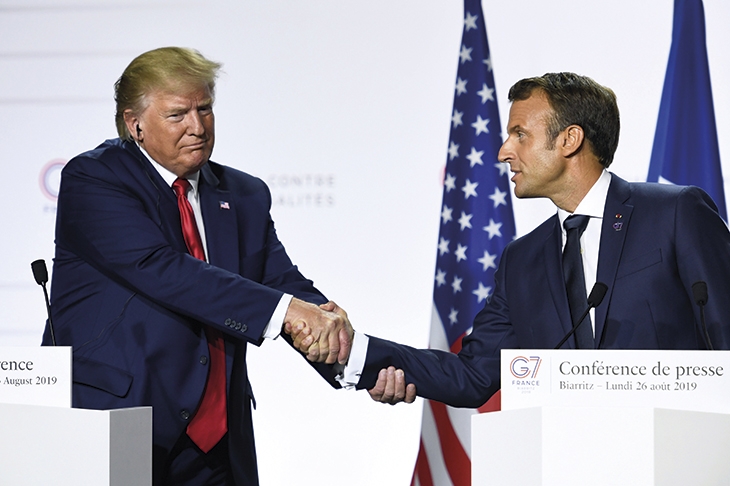


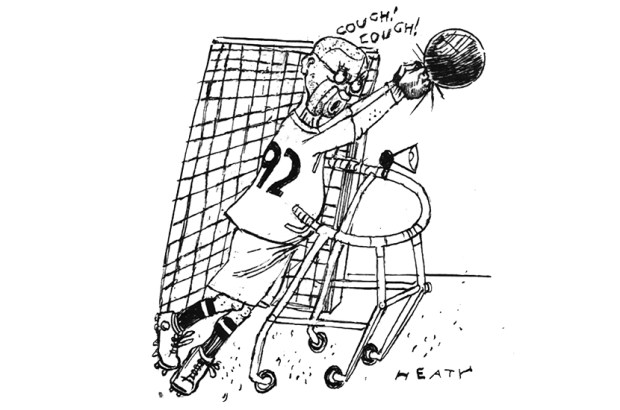
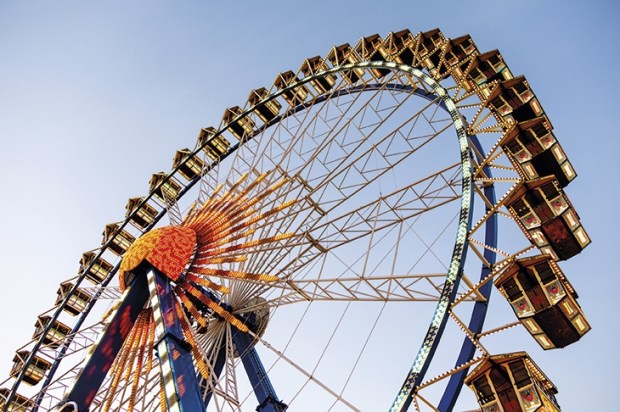
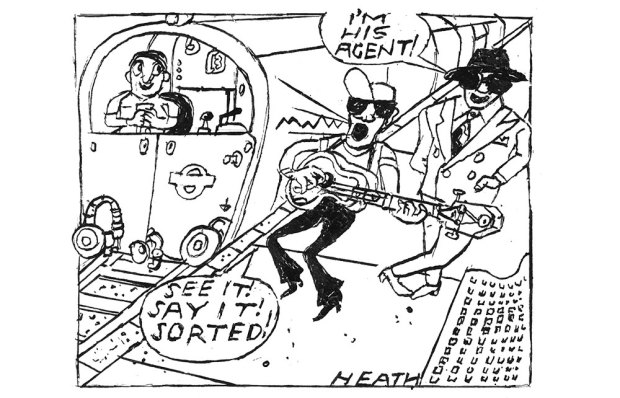
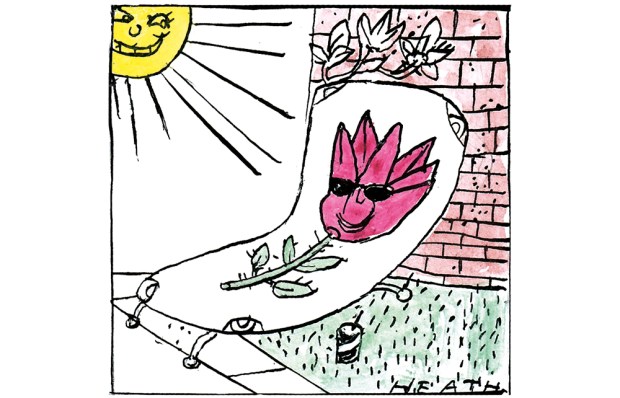






Comments
Don't miss out
Join the conversation with other Spectator Australia readers. Subscribe to leave a comment.
SUBSCRIBEAlready a subscriber? Log in